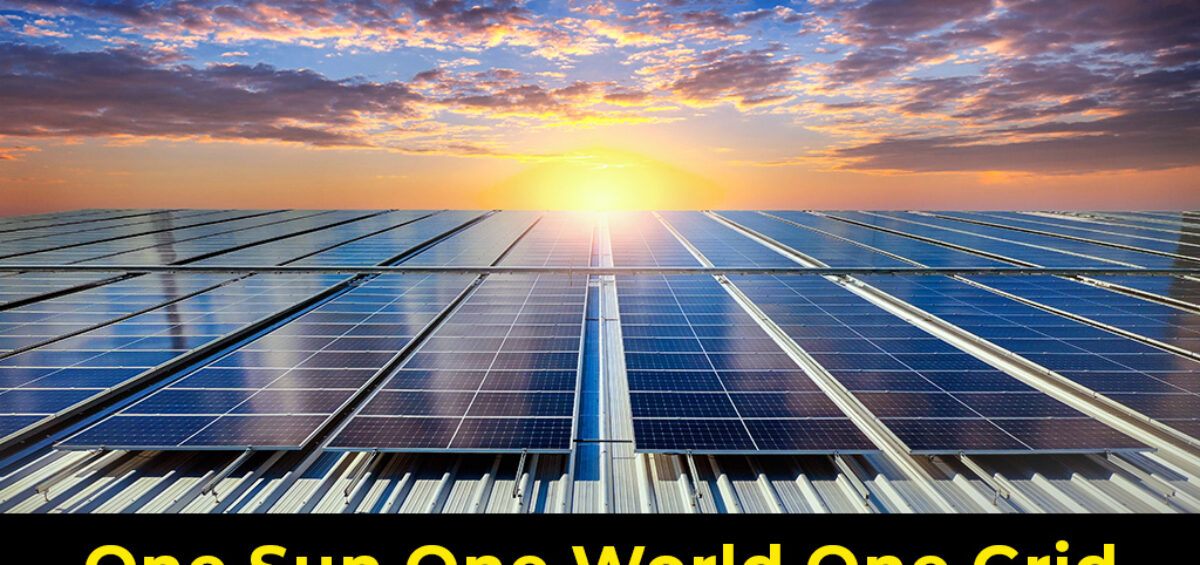One Sun One World One Grid
India and the UK are likely to announce a joint declaration on “one sun, one world, one grid” — or OSOWOG at the upcoming Conference of Parties (COP26). The concept of OSOWOG is what the British have called a Green Grid.
About One Sun One World One Grid (OSOWOG)
The idea of OSOWOG was put forth by the Hon’ble Prime Minister of India at the first assembly of International Solar Alliance (ISA). ISA is an alliance of more than one hundred countries initiated by India. The interesting thing about the alliance is that most of the countries are sunshine countries and lie either completely or partly between the Tropic of Cancer and the Tropic of Capricorn. The idea is to generate round the clock electricity from the sun. The sun never sets for the entire earth. Sun sets in one part of the world but rises in the other part.
The project will be developed under the World Bank’s technical assistance. The entire project is planned to be completed in three phases, i.e.,
- First phase: Entailing interconnectivity within the Asian continent.
- Second phase: It will add Africa.
- Third phase: In this phase the global interconnection will be done.
This initiative has divided the solar spectrum into two broad zones keeping India at the middle. It has divided the grid into the far east and the far west. Countries like Vietnam, Myanmar, Laos, Thailand, and Cambodia come under the far east region. The far west grid passes through the middle-east countries and Africa.
In the first phase, the Indian grid will be connected with the Middle East, South Asia and South-East Asian grids to share solar and other renewable energy resources. While the second phase will connect the first phase nations with the African pool of renewable sources. The final phase will be the concluding step of global interconnection.
Significance
- The project will help all the participating entities in attracting investments in renewable energy sources.
- It will help Indian renewable energy management centres to grow as regional and global management centres.
- The project will lead to higher efficiencies by increasing asset utilization for all the stakeholders.
- The project will play a major role in poverty alleviation and support in mitigating challenges related to food, water, sanitation, and other socio-economic issues.
Issues
The idea of having a single grid has some technical, social and economic challenges.
Every country has a difference in their voltage, frequency and other specifications of the grids. Maintaining grid stability through renewable energy only will be difficult. Secondly, socio-economic conditions vary across countries. Therefore, the mechanism of cost-sharing will be difficult. The strategic benefits of a single grid will be annihilated in the wake of any geopolitical problems.
Way forward
- Developing and deploying cutting-edge techniques and technologies to modernize power systems and support green grids which can integrate billions of rooftop solar panels, wind turbines, and storage systems.
- 2. Developing innovative financial instruments, market structures, and facilitating financial and technical assistance to attract low-cost capital, including climate finance, for global solar grid infrastructure.
- ISA (International Solar Alliance) can act as an independent supranational institution to take decisions about how the grid should be run and conflicts settled, with India becoming the leader of the future in the energy sector.

